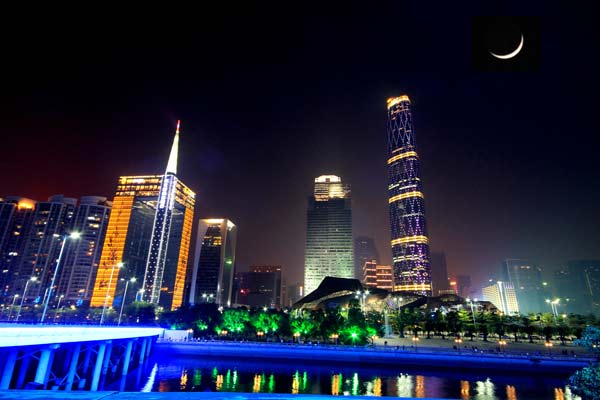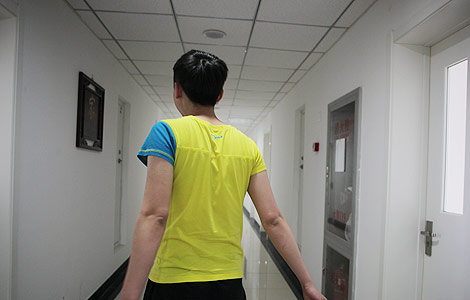Long lost weekend
Updated: 2013-06-27 03:18
By Tang Zhe in Beijing and Xu Jingxi in Guangzhou (China Daily)
|
|||||||||||
|
 |
|
Guangzhou's many skyscrapers dazzle with a multicolored lighting show on the banks of the Pearl River. Provided to China Daily |
Guangzhou will soon offer many transit passengers a 72-hour visa waiver. Tang Zhe in Beijing and Xu Jingxi in Guangzhou explore the city's delights.
Guangzhou will soon become the third Chinese city to grant transit passengers from 45 countries a 72-hour visa waiver.
With a history of more than 2,200 years, the city has been the cultural and economic center of South China since ancient times.
Historic sights include the Museum of Nanyue King Mausoleum, Sun Yat-sen Memorial Hall and Whampoa Military Academy.
With an area of 14,000 square meters, the Museum of the Nanyue King Mausoleum is the oldest and largest Han Dynasty (206 BC-AD 220) tomb with the most funerary antiquity, as well as elegant architecture.
The inhabitant of the tomb is the second king of Nanyue, Zhao Mo (137-122 BC).
Hidden 20 meters underground, the tomb is made up of 750 huge stones with colorful murals and has more than 1,000 burial artifacts, highlighted by a garment made up of 2,291 pieces of jade displayed on silk — the only of its kind in the world.
Next to the museum is Yuexiu Park, the city's largest park, which is famous for its beautiful scenery and large number of historical relics, such as the Five-Ram Sculpture — the symbol of the city — and the Ming Dynasty (1368-1644) city wall.
It's an ideal place for a relaxing walk. You can also get a good view of the city from Zhenhai Tower, located in the park's highest point.
The five-story tower, built in 1380, now houses the Guangzhou Museum and offers visitors an insight into the city's culture and history.
Just one metro stop away from Yuexiu Park is the Sun Yat-sen Memorial Hall, which was built with funds raised by locals and overseas Chinese in memory of Sun Yat-sen, the nation's democratic forefather.
To train the military elites for revolution, the Whampoa Military Academy was established on the Changzhou Island of Guangzhou in 1924.
The academy was bombarded by Japanese military in 1938. The Guangzhou government restored the site to its former glory in 1996.
Shamian Island, near the Pearl River, is a pleasant spot for a stroll. It was an important port for the city's foreign trade from the Song (960-1279) to the Qing (1644-1911) dynasties.
The territory was divided into two concessions and given to France and the United Kingdom by the Qing government in the 19th century.
The island is now a historical area that serves as a reminder of the colonial European period, with quiet pedestrian avenues flanked by trees and lined with more than 100 historical buildings in various European styles.
Today's Top News
France wants more Chinese investment
FM: China rejects US' claim on Snowden
Public interests Party's top priority
Overseas sellers upbeat on China
PBOC will act 'if necessary'
4 Chinese killed in Papua New Guinea
'Heavy losses' if China-EU solar sector talks fail
Riots in Xinjiang kill 27
Hot Topics
Lunar probe , China growth forecasts, Emission rules get tougher, China seen through 'colored lens', International board,
Editor's Picks

|

|

|

|

|

|





